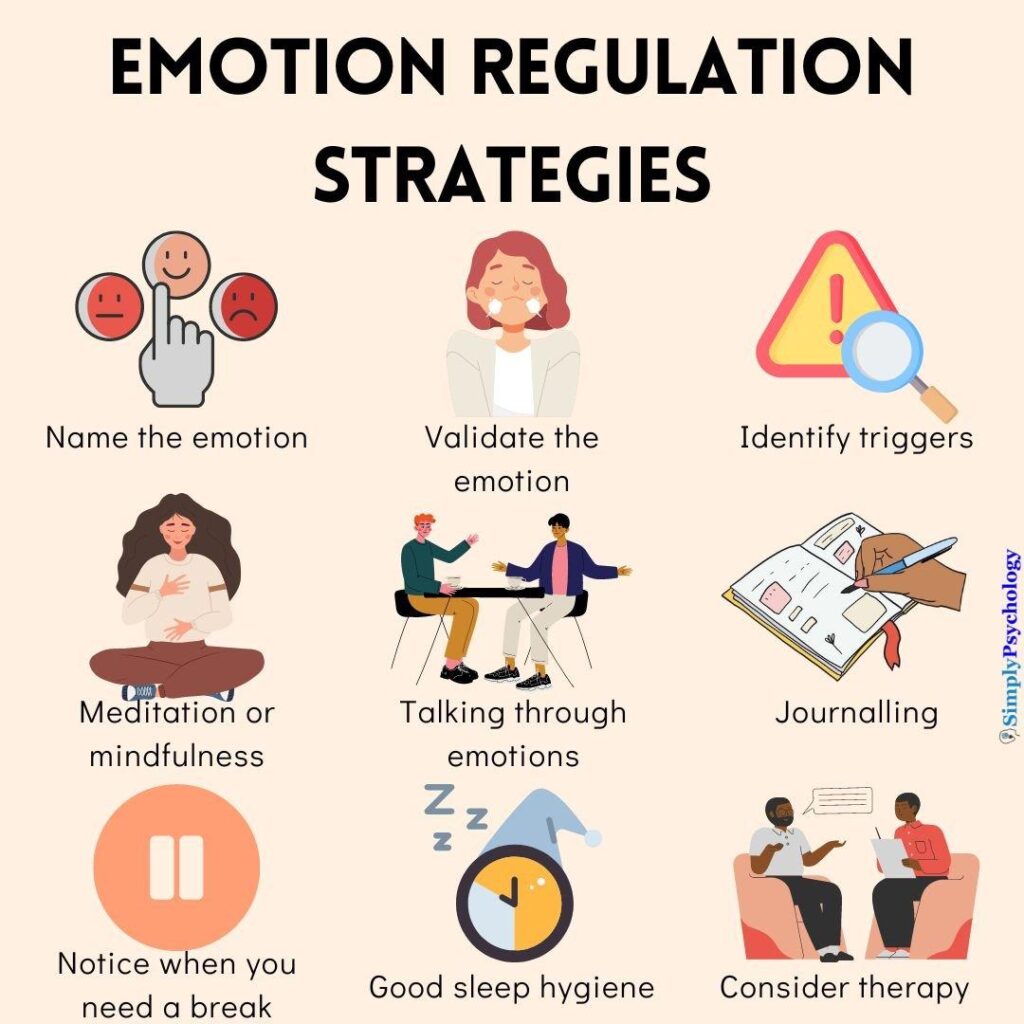In a world where emotional reactions can quickly escalate and disrupt personal and professional relationships, mastering emotional control has never been more crucial. “Stop the Blow-Up Hole: 5 Steps to Emotional Control” examines practical strategies to help individuals recognize, manage, and diffuse intense emotions before they spiral out of control. This article delves into expert-backed methods designed to empower readers with the tools needed to maintain composure, communicate effectively, and foster healthier interactions in high-pressure situations.
Understanding the Root Causes of Emotional Outbursts and How They Impact Your Life
Emotional outbursts often stem from a tangled web of underlying triggers that go unnoticed until they explode into full-blown reactions. Commonly, these impulses arise from unresolved stress, feelings of helplessness, deep-seated fears, or unmet needs. When left unchecked, they can disrupt personal relationships, hinder professional growth, and deteriorate one’s overall well-being. Understanding these root causes is essential-not only to recognize the warning signs but also to reprogram how you respond under pressure.
Beyond the immediate consequences, the ripple effect of uncontrolled emotional reactions can be long-lasting. For instance, frequent outbursts may lead to:
- Damaged trust in important relationships due to unpredictability.
- Increased anxiety stemming from constant internal conflict.
- Decreased productivity as emotional turmoil impairs focus and decision-making.
- Physical health issues such as elevated blood pressure or insomnia.
| Root Cause | Typical Trigger | Common Impact |
|---|---|---|
| Stress Overload | Work deadlines, family pressure | Impatience, irritability |
| Unmet Emotional Needs | Lack of support, feeling ignored | Loneliness, anger outbursts |
| Past Trauma | Reminders, unresolved grief | Sudden anger, withdrawal |
Practical Techniques to Regain Composure and Prevent Blow Ups in High Pressure Moments
In moments of intense pressure, recognizing your body’s early stress signals can be a game changer. Rapid heartbeat, shallow breathing, or muscle tension often herald an impending emotional outburst. Immediate countermeasures such as slow, deep breaths or briefly shifting your focus to a nearby object can interrupt this cycle. Experts suggest practicing the 5-4-3-2-1 grounding technique: identify five things you see, four you touch, three you hear, two you smell, and one you taste. This sensory reset anchors you in the present, reducing the brain’s emotional hijack response.
Another critical strategy is to establish a “pause protocol” before reacting-this may involve a simple internal countdown or verbally affirming a calming mantra like “Stay steady” or “This will pass.” Additionally, employing positive self-talk and perspective shifts-such as reframing challenges as opportunities-helps maintain composure. The following table summarizes practical micro-actions that can be incorporated into daily routines to foster resilience during high-stress encounters:
| Technique | Why It Works | When to Use |
|---|---|---|
| Deep Breathing | Reduces cortisol levels | Onset of agitation |
| Grounding Exercise | Interrupts negative thought loops | Feeling overwhelmed |
| Positive Mantras | Reprograms emotional response | During heated interactions |
| Micro Breaks | Prevents build-up of tension | Between stressful tasks |
In Retrospect
In a world where emotional volatility can have far-reaching consequences, mastering self-control is more essential than ever. By following these five steps to manage outbursts, individuals can foster healthier relationships and improve overall well-being. While no strategy guarantees perfection, cultivating awareness and restraint offers a practical path away from the blow-up hole. As research continues to shed light on emotional regulation, one thing remains clear: taking deliberate action today can lead to calmer, more constructive tomorrows.








